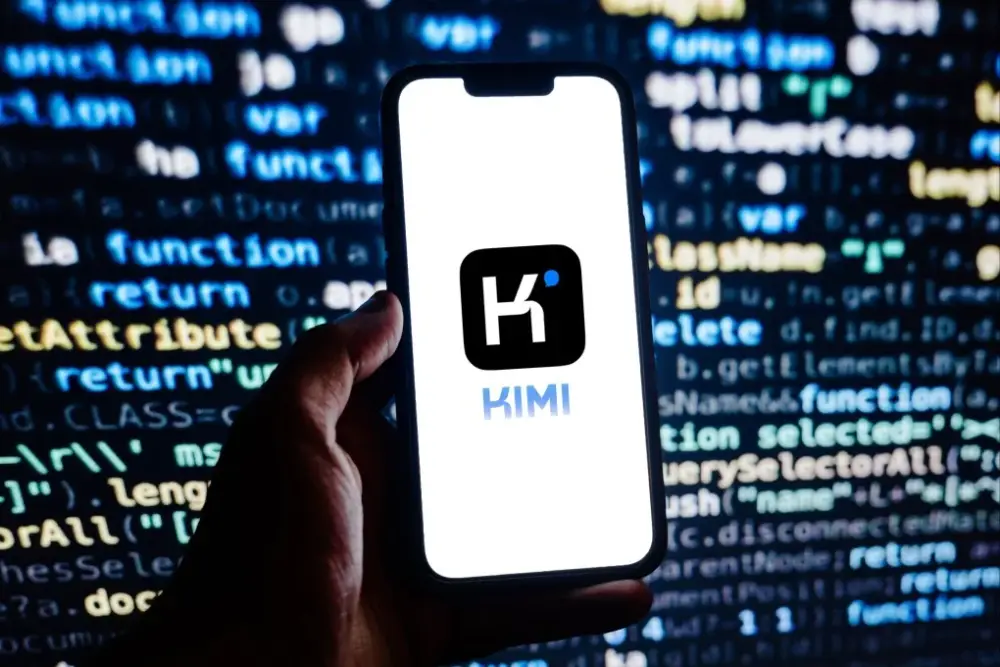
Kimi K2: AI mở của Moonshot AI (Trung Quốc) đạt 145.000 lượt tải chỉ trong vài ngày
-
Kimi K2, mô hình AI mới từ Moonshot AI (hậu thuẫn bởi Alibaba), đã đạt 145.000 lượt tải chỉ trong vài ngày kể từ ngày ra mắt 11/07 – tăng gần gấp đôi so với 76.000 lượt tải trước đó vào thứ Sáu.
-
Kimi K2 sử dụng kiến trúc mixture-of-experts (MOE), gồm 1.000 tỷ tham số tổng thể nhưng chỉ kích hoạt 32 tỷ tham số mỗi lần suy luận, giúp tối ưu hóa chi phí và tốc độ.
-
Được cung cấp miễn phí thông qua app và trình duyệt, Kimi K2 nổi bật khi so với GPT của OpenAI và Claude của Anthropic – đều yêu cầu phí đăng ký hàng tháng.
-
MOE chia mô hình thành các “chuyên gia” riêng biệt, giúp giảm mạnh chi phí huấn luyện và cải thiện hiệu suất.
-
Henning Steier (CMO tại Bluespace Ventures) đánh giá Kimi K2 như một “bước ngoặt chiến lược” nhờ khả năng tiết kiệm chi phí tính toán đáng kể.
-
Cựu kỹ sư AI của Anthropic, Pietro Schirano, gọi Kimi K2 là mô hình đầu tiên ông tin dùng trong sản phẩm thực tế kể từ Claude 3.5 Sonnet, đặc biệt ấn tượng với khả năng gọi công cụ và quản lý chu trình agent.
-
Moonshot nhấn mạnh trí thông minh agent tiên tiến của Kimi K2: có thể tạo phân tích lương kèm đồ họa, tổ chức chuyến đi từ tìm kiếm đến đặt chỗ, lịch và email.
-
Nathan Lambert Allen nhận xét khoảng cách giữa AI nguồn mở Trung Quốc và phương Tây đang ngày càng nới rộng, với các mô hình từ Moonshot, DeepSeek và Vidu vượt trội hơn.
-
Jensen Huang – CEO Nvidia – tại hội chợ chuỗi cung ứng Bắc Kinh, ca ngợi AI nguồn mở Trung Quốc là “rất mạnh mẽ”, và đặc biệt nhấn mạnh Kimi là “một trong những mô hình suy luận tốt nhất thế giới”.
-
Báo cáo từ nền tảng đánh giá LMArena (thuộc Đại học UC Berkeley) hôm thứ Sáu xếp Kimi K2 vào nhóm mô hình AI nguồn mở hàng đầu toàn cầu, vượt qua cả Gemma 3-72B (Google) và Llama 4-Maverick (Meta).
-
LMArena nhận xét Kimi K2 gây ấn tượng nhờ phản hồi “hài hước nhưng không máy móc”, tạo sức hút lớn với người dùng.
📌 Kimi K2 từ Moonshot AI đã thu hút 145.000 lượt tải chỉ sau vài ngày nhờ hiệu suất vượt trội và miễn phí truy cập. Mô hình này có 1.000 tỷ tham số và sử dụng kiến trúc MOE giúp giảm chi phí tính toán. Các chuyên gia khen ngợi khả năng agentic và ứng dụng thực tế cao. Kimi K2 được xếp vào top mô hình AI nguồn mở tốt nhất toàn cầu, thể hiện bước tiến lớn của Trung Quốc trong cuộc đua AI.
https://www.scmp.com/tech/tech-trends/article/3319100/moonshots-kimi-k2-soars-popularity-amid-experts-praise-chinese-ai-developments
Moonshot’s Kimi K2 soars in popularity amid experts’ praise for Chinese AI developments
Thảo luận
Follow Us
Tin phổ biến



